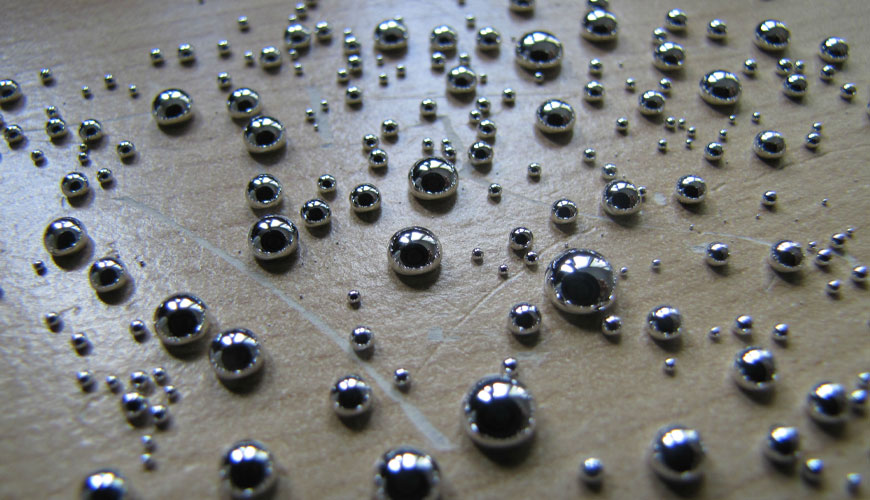

EUROLAB, with its state-of-the-art accredited laboratories and expert team, provides precise and fast testing services within the scope of EN 62321-5 testing. This standard describes test methods for lead, cadmium and chromium in polymers, metals and electronics with AAS, AFS, ICP-OES and ICP-MS.

This standard covers the determination of cadmium (Cd), lead (Pb) and chromium (Cr) levels in electrotechnical products.
This standard refers to the sample as the object to be processed and measured. What the sample is or how to reach the sample is determined by the organization performing the tests. Further guidance on taking representative samples of finished electronic products to be tested for levels of regulated substances can be found in EN 62321-2. It should be noted that the selection and/or determination of the sample may affect the interpretation of test results.
This standard describes the use of four methods: AAS (atomic absorption spectrometry), AFS (atomic fluorescence spectrometry), ICP-OES (inductively coupled plasma optical emission spectrometry), and ICP-MS (inductively coupled plasma mass spectrometry). various procedures for preparing the sample solution, from which the most suitable analysis method can be selected by experts.
Because hexavalent-Cr analysis in polymers and electronics is sometimes difficult to determine, this standard introduces screening methods for chromium in polymers and electronics other than AFS. Chromium analysis gives information about the presence of hexavalent-Cr in the materials. However, elemental analyzes cannot selectively detect hexavalent-Cr; determines the amount of Cr in all oxidation states in the samples. If Cr amounts exceed the hexavalent-Cr limit, the hexavalent-Cr test should be performed.
The test procedures described in this standard are intended to provide the highest level of accuracy and precision for Pb, Cd and Cr concentrations ranging from 10 mg/kg for Pb, Cd and Cr in the case of ICPOES and AAS. In the case of ICP-MS, the range is from 0,1 mg/kg for Pb and Cd, in the case of AFS, the range is 10 mg/kg for Pb and 1,5 mg/kg for Cd. Procedures are not limited to higher concentrations.
This standard does not apply to materials containing polyfluorinated polymers due to their stability. If sulfuric acid is used in the analytical procedure, there is a risk of losing Pb, resulting in falsely low values for this analyte. Also, sulfuric acid and hydrofluoric acid are not suitable for determining Cd by AFS as they impair the reduction of Cd.
Limitations and risks arise due to the solution step of the sample, for example precipitation of target or other elements may occur, in which case the residues must be checked separately or dissolved by another method and then combined with the test sample solution.
EUROLAB assists manufacturers with EN 62321-5 test compliance. Our test experts, with their professional working mission and principles, provide you, our manufacturers and suppliers, the best service and controlled testing process in our laboratories. Thanks to these services, businesses receive more effective, high-performance and quality testing services and provide safe, fast and uninterrupted service to their customers.
To get an appointment, to get more detailed information or to request an evaluation, you can ask us to fill in our form and reach you.